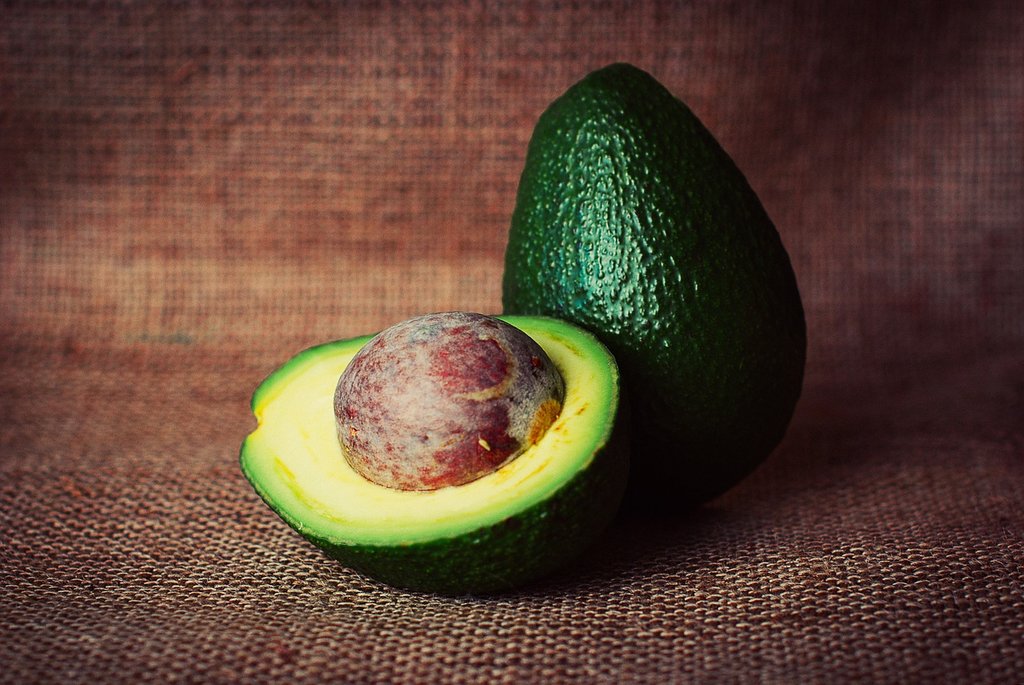I’m sure I’m not the only one wishing I could eat a particular fruit only to be disappointed that it’s not available anywhere. And with our country being abundant with fruits all year round, keeping track of which ones are already in-season might be a little challenging.
Here’s a handy list of fruits available for April and May. You might not be able to time your cravings, but at least you can plan your fruity desserts better.
Avocado

Eating avocado can help improve digestion. It serves as a natural detoxifier, and it also contains a good amount of healthy monounsaturated fatty acids. Avocados are also great for face masks.
Banana
Rich in potassium, bananas are one of the most popular fruits, especially in the Philippines. We have around a dozen varieties of bananas in the country. Some of the most common are lakatan, latundan, señorita, and saba.
Coconut
The coconut is also called the tree of life because of the versatility of the uses of its fruits and even leaves. Coconut can be used in cooking and even in cosmetics and skincare, but come summer it’s definitely best enjoyed fresh by the beach—hack it open, drink the juice, and scrape the white coconut meat.
Balimbing (star fruit or carambola)
Star fruits contain fiber and vitamin C. It also has plant compounds that have antioxidant properties.
Kamatsile
Sometimes called the Manila tamarind for its flavor.
Langka (jackfruit)
Jackfruits are loaded with carbohydrates, but they’re a good source of vitamin C and antioxidants. And because it’s rich in fiber, it helps improve digestion and prevent constipation.
Guyabano (soursop)
Also rich in vitamin C, it is said that guyabano can help prevent urinary tract infections. Guyabano also contains a good amount of iron, making it good for those with anemia.
Melon
Aside from vitamins A and C, melons also help boost immunity with its beta-carotene and antioxidant content. And because melons also contain potassium, it’s a good fruit to munch on for athletes or those with an active lifestyle.
Watermelon
Next to the coconut, the watermelon is also one of the fruits that symbolize summer. Watermelons are 92 percent water but are still packed with nutrients like vitamins A, B6, and C. And because of its high water content, watermelons also help with hydration.
Papaya
Papaya is good for digestion and helps treat constipation. It helps improve heart health and is also good for the skin. Obviously explaining why so many soaps and skincare products use papaya as an ingredient.
Pineapple
Pineapples contain around 75 percent of the daily recommended value of manganese, which helps develop strong bones and connective tissue. They’re also rich in fiber.
Santol (cottonfruit)
Santol contains a lot of B and C vitamins. It’s also a souring agent that can be incorporated into a number of recipes.
Caimito (star apple)
Caimitos are rich in dietary fiber and vitamin C. It also helps control diabetes. Star apples also have low fat and calories, making it a good fruit for those trying to lose weight.
Chico (also chikoo or sapodilla)
Eating chico may be good for the eyes as it’s rich in vitamin A. It is also rich in glucose, which helps provide energy to the body.
Kiat-kiat
If there was ever a fruit to epitomize good health, the orange could very well be it. The kiat-kiat belongs to the same family, only coming in a much smaller size. Perfect for snacking, or if you just want to eat your oranges a lot easier.
Dalandan
Often called the Philippine orange, the dalandan also features orange flesh, but with a thin, green skin that can easily be peeled off. As with most citrus fruits, the dalandan is also rich in vitamin C.
Duhat (black plum)
The duhat is a good source of calcium and iron. Many eat this with salt.
Macopa (Java apple)
Sometimes also called rose apples, macopa is rich in vitamin A, vitamin C, dietary fiber, calcium, thiamin, niacin, iron, and potassium.
Mango
The National Fruit, mangoes are also very popular all over the country. Harvest season for mangoes is often from March to June. The most common mango cultivars in the country are carabao, pico, katchamita (or Indian), and pahutan. Philippine mangoes have a softer skin compared to those of other countries. Unripe mangoes/manggang hilaw is also very popular, and is often eaten with bagoong or salt.
Longan
The longan belongs to the same soapberry family as the lychee and rambutan. The name longan comes from the Chinese word for dragon eye, as the fruit resembles an eyeball.